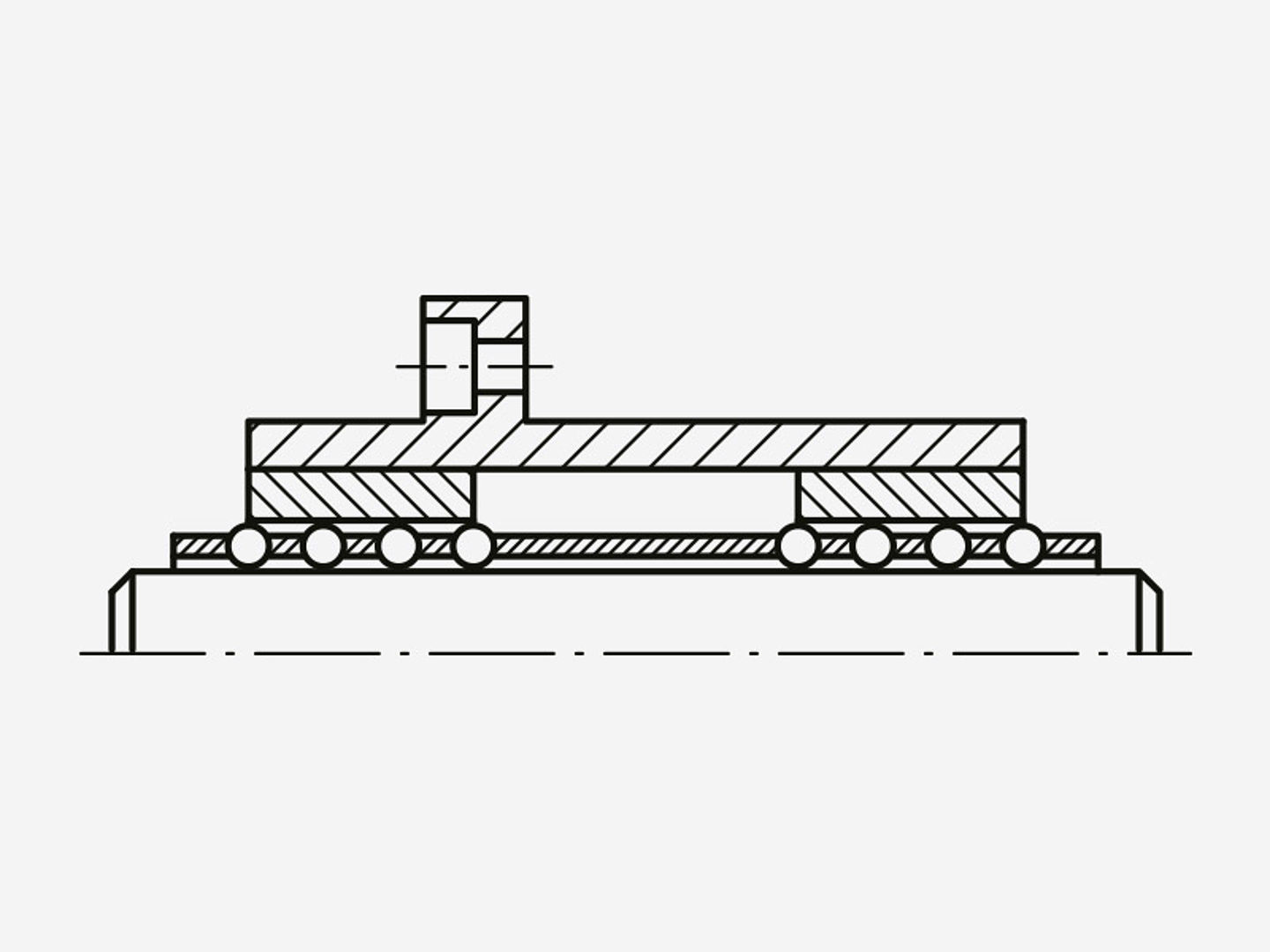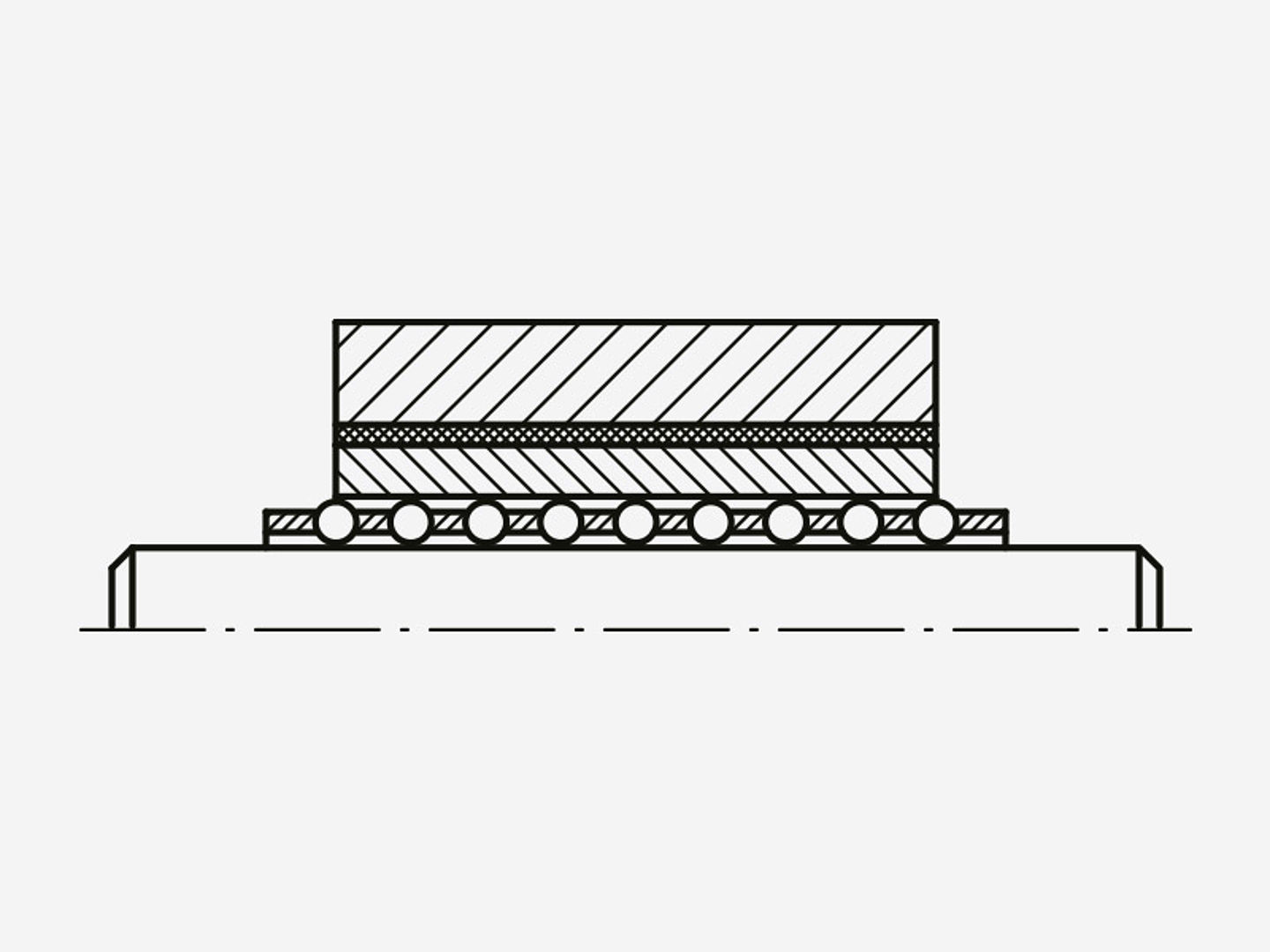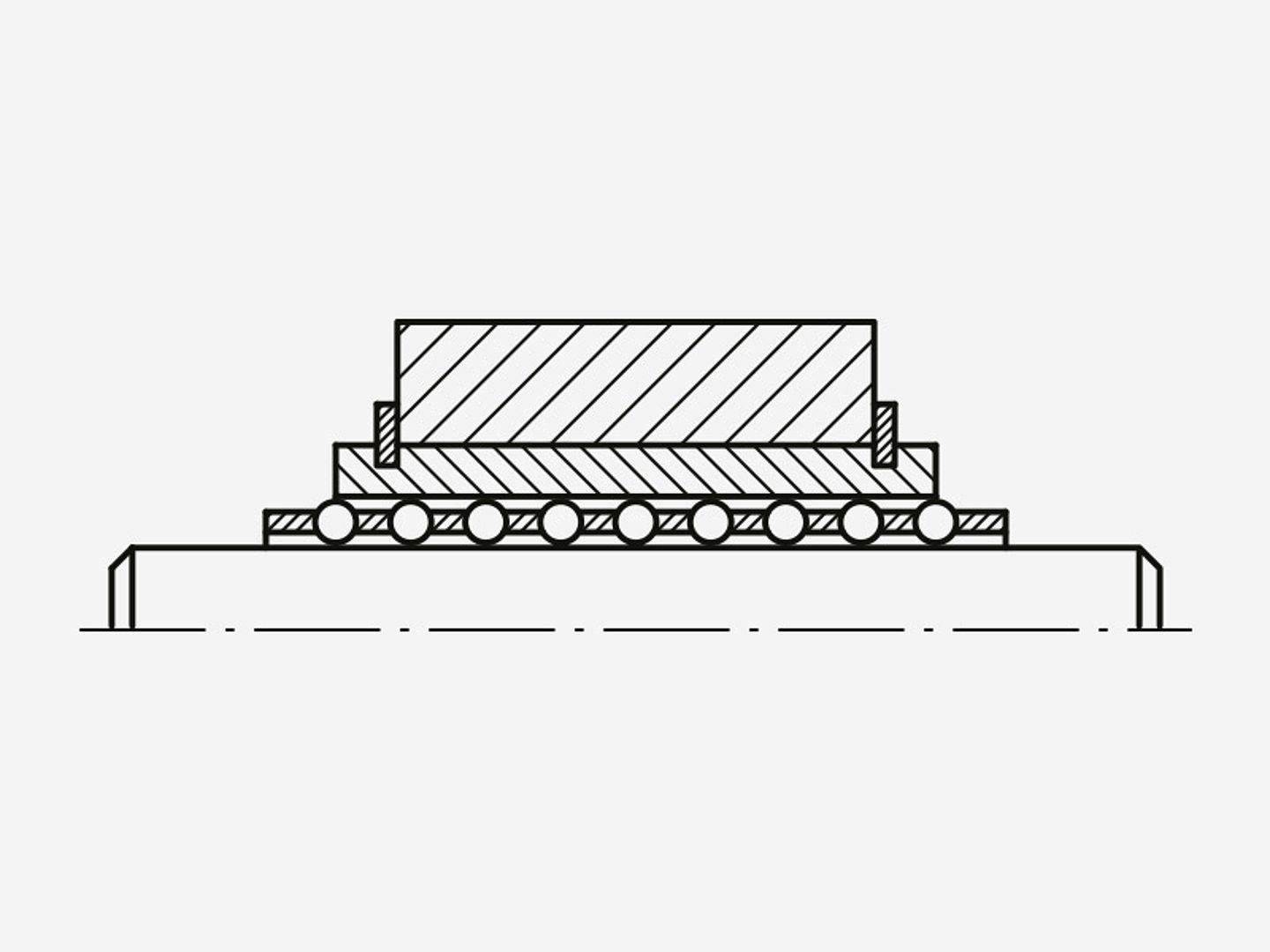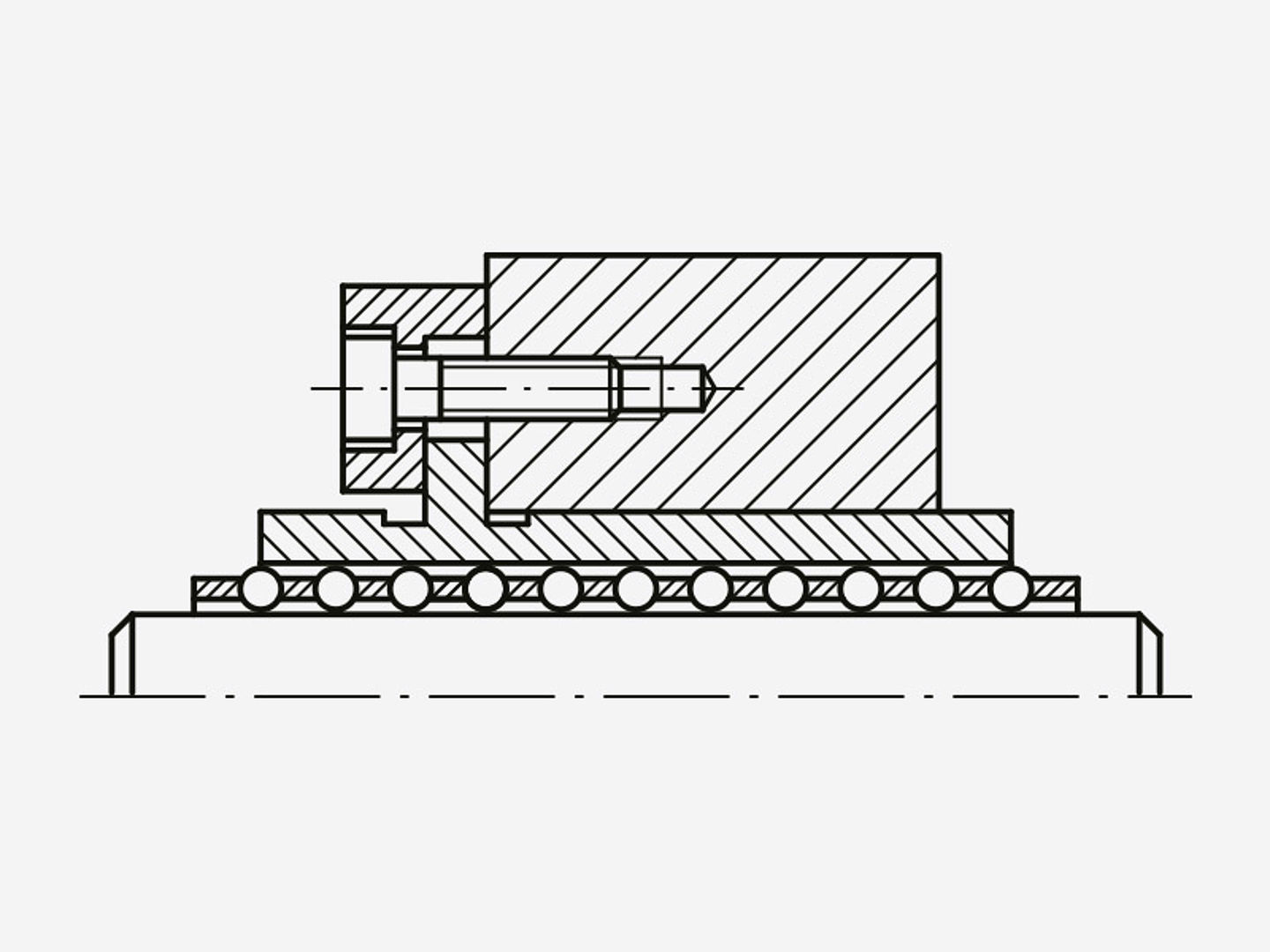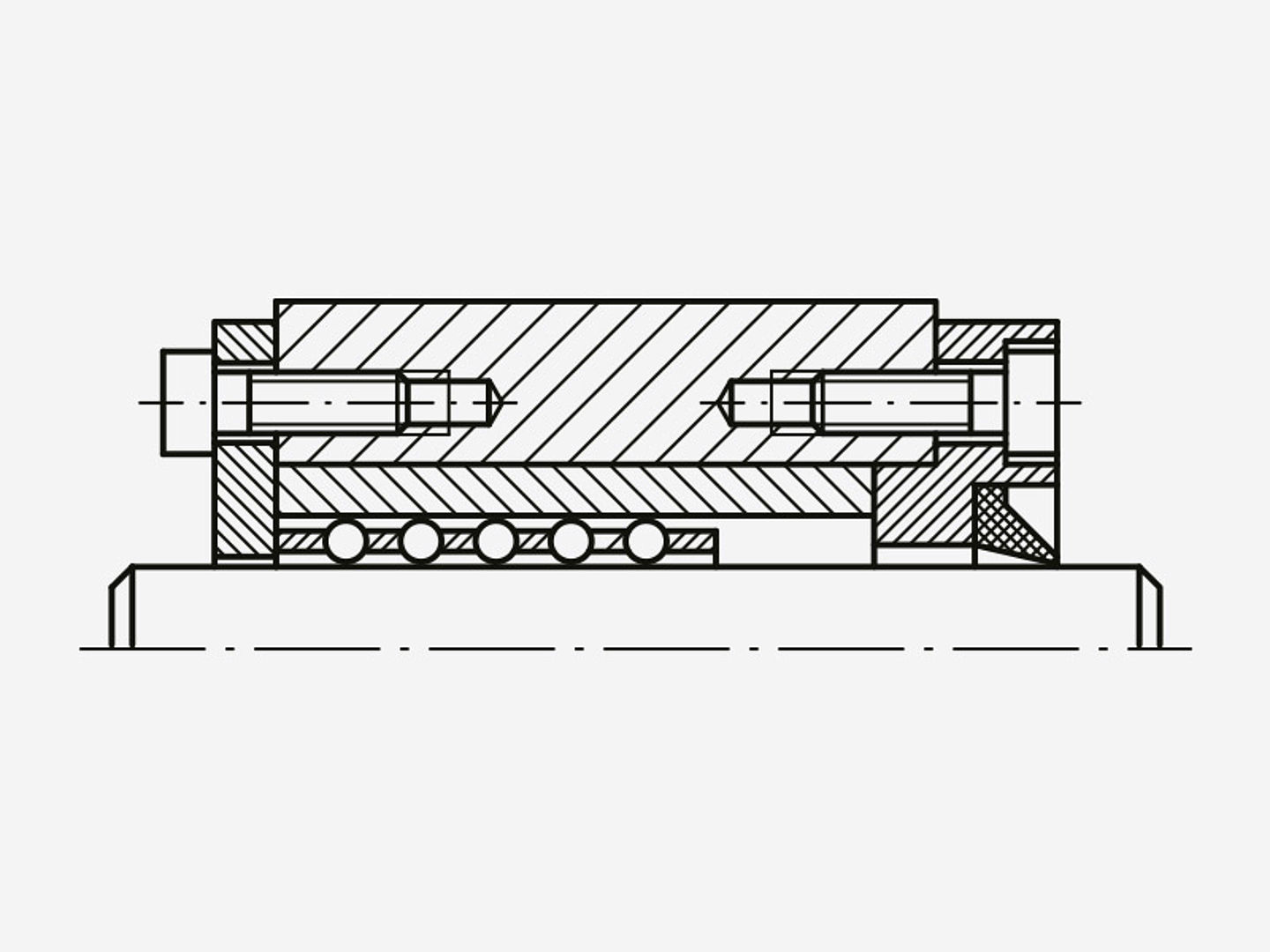
Gear Metering Pumps & Meter Mix Dispense Machines with highest accuracy for processing liquids and pastes.
High-precision rotary stroke bearings for backlash-free linear and rotational movements for use in machine and device construction.
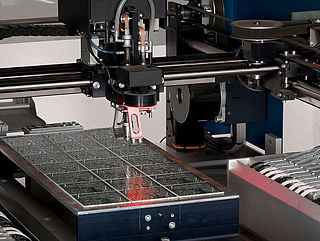
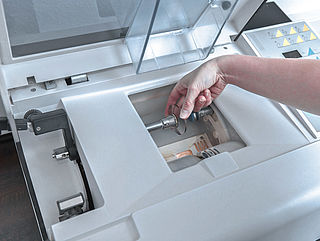
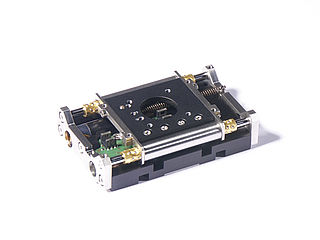

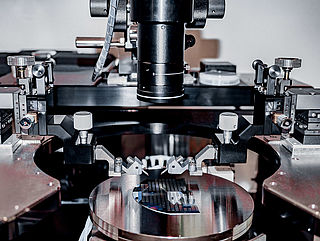
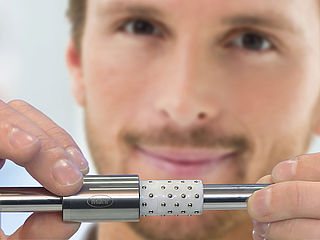

Ball-bearing guides for linear and rotational movements without play for use in all technical areas where reliability and precision are required.
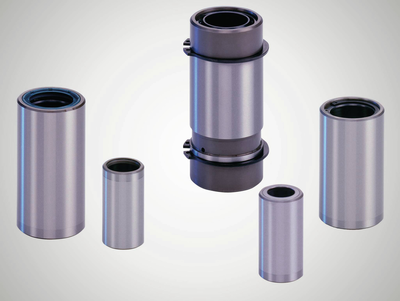
The guide diameter finely honed to ISO tolerance IT 3 guarantees the preload of the ball bearing guide in combination with shaft diameter ISO-h3.
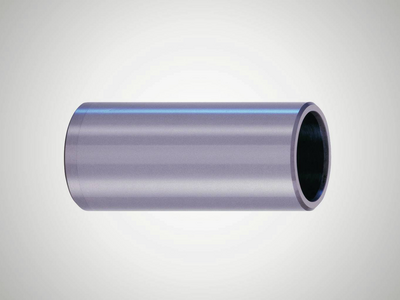
Universal, slim inner bevels on both sides.
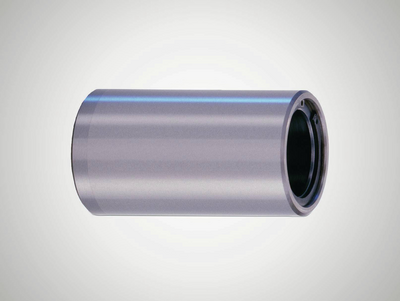
Permanently installed thrust washers on both sides provide a safe travel limit for the ball cage.
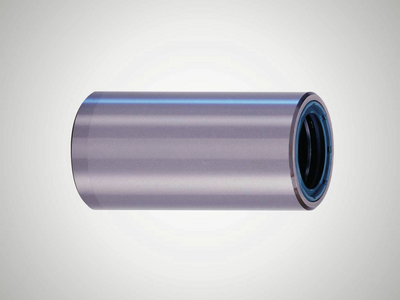
Permanently installed thrust washers on each side and sealing rings prevent impurities from getting into the ball bearing guide.
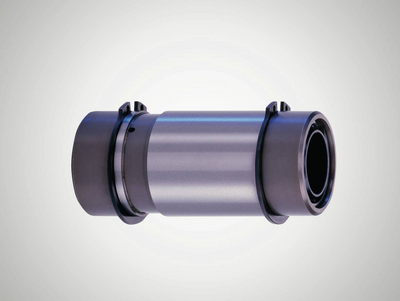
Extra sturdy model with scrapers on both sides which reliably prevent impurities from getting in, even in very dirty environments.
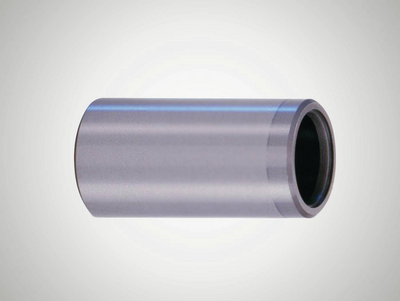
Universal, slim inner bevels on both sides, for use with ball cage from mini series N502.
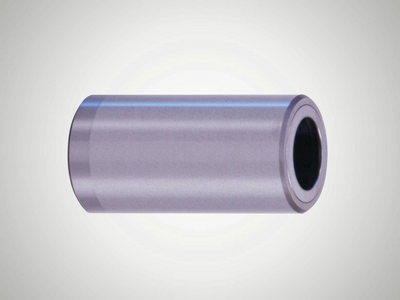
Permanently installed thrust washers on both sides provide a safe travel limit for the ball cage from mini series N502.
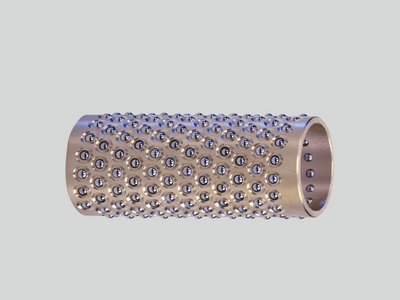
The balls can move easily without getting lost. The balls are arranged in such a way that they run smoothly and ensure a long service life of the ball bearing guide.
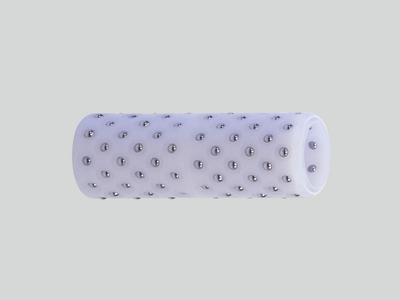
Excellent dry run properties and maximum smoothness, even at high accelerations thanks to the lightweight plastic.

Versatile with balls arranged along a helical line, ideal for linear movements and rotational movements.
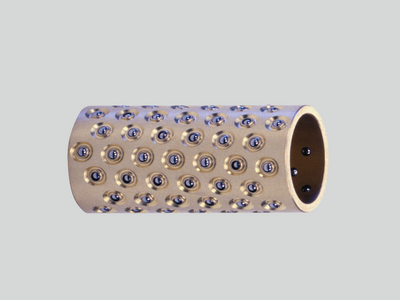
Smaller balls used with same shaft diameter compared to type N501. Reduced installation space thanks to guide bushes from the mini series.
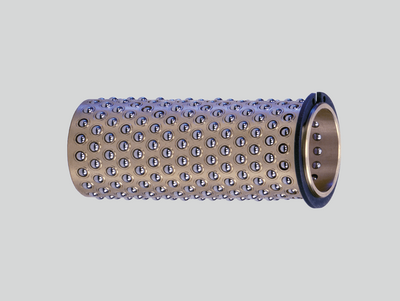
High loading capacity thanks to large number of balls, reliable travel limit for the cage thanks to the securing ring.
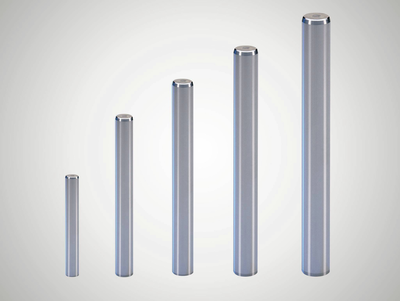
The finely-ground surface is ideal for high precision ball bearing guides, ensuring smooth running and a long service life of the ball bearing guide.
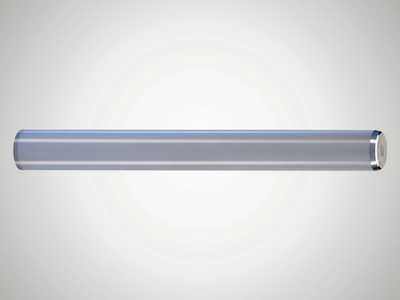
Preload is guaranteed when using with Mahr guide bushes and ball cages.

Inner thread on both sides, preload is guaranteed when using with Mahr guide bushes and ball cages.
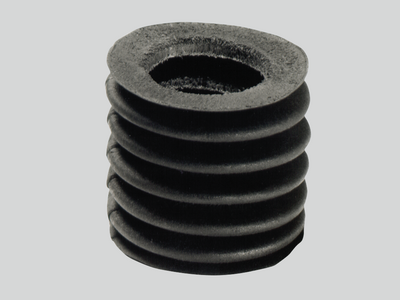
Broader and more optimized range of uses.

Protect open ball-bearing guides against dirt without compromising smooth movement.
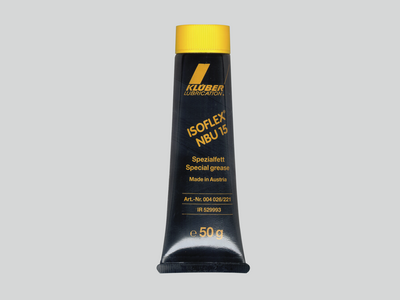
Lubrication for maximum performance and corrosion prevention.
Installation of the guide bush
Avoid interference fit!
Interference fit will deform the inner diameter d1 of the guide bush that is machined with highest precision. The guide bush is deformed by the installation bore. This results in form errors and an increased preload. The properties of the rotary stroke bearing are negatively affected. Radial clamping and pressure screws are also unsuitable for the same reasons.
The tolerance of the outer diameter dB of the MarMotion guide bushes corresponds to ISO-n4 (or ISO-h6 for type N 570). The tolerance<br/> of the installation bore should be selected so that interference fit<br/> is avoided.
We recommend:
- Fixation using a flange, retainers, circlips, etc.
- Installation bore for sliding fit n4/F6 (for N 570 h4/H6).
- Gluing with one- or two-component adhesives. The instructions provided by the adhesive manufacturer regarding the adhesive gap, curing time, etc. must be observed. Experience has shown that a slow curing adhesive is advantageous.
- The wall thickness of the guide bush should not be made too thin. Guide bushes with thin walls are difficult to manufacture and deform easily during installation. Recommended wall thickness: Inner diameter d1 · 0.1
- The required wall thickness is determined by the mode of fixation.
Installation with sealing
An installation with a sealing is necessary if dirt,<br/> especially in the form of abrasive substances, cannot be avoided.
Sealing options:
- Sealing rings (see type N 553)
- Wiper Seals (see type N 570)
- Bellows (see type N 820)
When using airtight sealings, pressure compensation must be provided if necessary.
